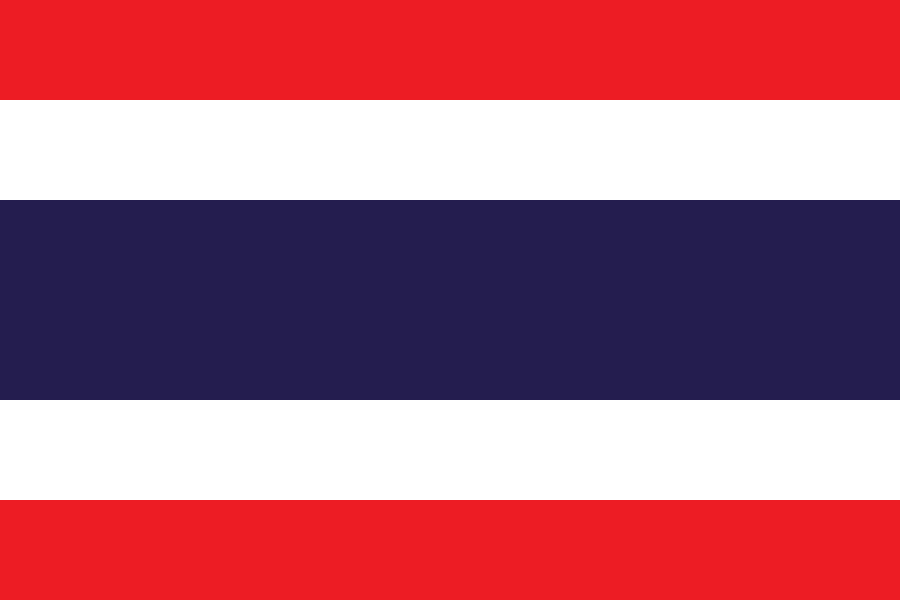Location
A unified Thai kingdom was established in the mid-14th century. Known as Siam until 1939, Thailand is the only Southeast Asian country never to have been colonized by a European power. A bloodless revolution in 1932 led to the establishment of a constitutional monarchy. In alliance with Japan during World War II, Thailand became a US treaty ally in 1954 after sending troops to Korea and later fighting alongside the US in Vietnam. Thailand since 2005 has experienced several rounds of political turmoil including a military coup in 2006 that ousted then Prime Minister THAKSIN Chinnawat, followed by large-scale street protests by competing political factions in 2008, 2009, and 2010. THAKSIN's youngest sister, YINGLAK Chinnawat, in 2011 led the Puea Thai Party to an electoral win and assumed control of the government. A blanket amnesty bill for individuals involved in street protests, altered at the last minute to include all political crimes - including all convictions against THAKSIN - triggered months of large-scale anti-government protests in Bangkok beginning in November 2013. In early May 2014 YINGLAK was removed from office by the Constitutional Court and in late May 2014 the Royal Thai Army staged a coup against the caretaker government. Then head of the Royal Thai Army, Gen. PRAYUT Chan-ocha, was appointed prime minister in August 2014. The interim military government created several interim institutions to promote reform and draft a new constitution. Elections are tentatively set for mid-2017. King PHUMIPHON Adunyadet passed away in October 2016 after 70 years on the throne; his only son, WACHIRALONGKON Bodinthrathepphayawarangkun, ascended the throne in December 2016. Thailand has also experienced violence associated with the ethno-nationalist insurgency in its southern Malay-Muslim majority provinces. Since January 2004, thousands have been killed and wounded in the insurgency.
Thailand is a constitutional monarchy.
Source: CIA World Factbook
Members:
Resources
Displaying 101 - 104 of 104Land Re-Adjustment Act B.E. 2547 (2004).
For the purpose of the present Act “land re-adjustment” means the implementation of development of many plots of land by land replotting, improving or constructing infrastructure, and jointly bearing the burdens and equitably distributing the returns. To this end, there shall be above all cooperation between the private sector and the public sector, with the objective of utilizing land more appropriately with regard to transportations, economics, social, the environment and communities, and so as to be in line with urban planning.
Agricultural Land Act, B.E. 2558 (2015).
In this Act “land consolidation” means the complete development of all plots of agricultural land to increase production and reduce production cost by consolidating several plots of land in the same area to reorganize the lands, arrange irrigation system, construct roads or transportation routes on farms, level the ground, nourish the soil, plan the production and distribution of agricultural produce. There shall be a committee called the "Central Land Consolidation Committee " composed of ministers and Government officers.
Ministerial Regulations prescribing principle, procedure and conditions for land acquisition to be used as alien living quarter B.E. 2545 (2002).
The present Regulation is made under section 15 of the Act on Land Code Declaration. In particular, the Regulation lays down provisions relating to procedures of acquisition of land in Thailand on behalf of aliens. Clause 2 establishes that such a land must be located in a certain area round Bangkog as specified in this clause. The text consists of 9 clauses.
Implements: Act promulgating the Land Code B.E. 2497. (2008)
Act promulgating the Land Code B.E. 2497.
Act containing the Land Code and making transitional and other provisions in relation with the introduction of the Code.


